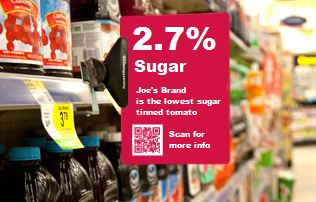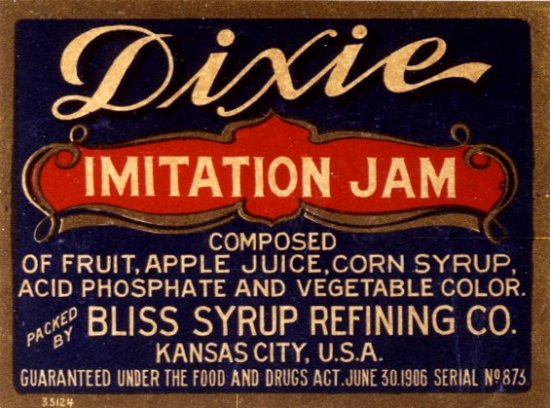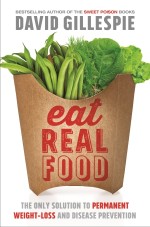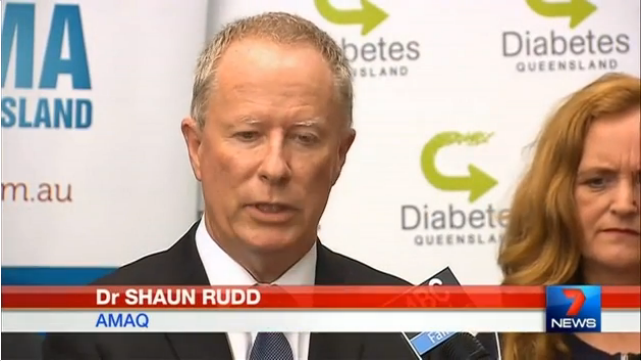
Sugar taxes are all the rage, but the evidence that they deliver better health is non-existent. Fortunately there is a much easier way to get all the benefits (and more) without introducing a great big new tax.
Jamie Oliver and the Australian Heart Foundation are two prominent current advocates for a tax on sugary drinks. Their reasoning is clear, sin taxes (like those on tobacco and alcohol) clearly change behaviour. And sugar consumption is definitely a behaviour that needs to change. The research is unequivocal – sugar is a primary player in the vast majority of chronic disease epidemics sweeping the world.
For every 10% increase in the price of a pack of ciggies, we can expect a 4% decrease in consumption (in high income countries and as part of a general package of actions against smoking). And we know that similar maths is at work when it comes to sugar water. Mexico implemented a 10% ‘soda Tax in January 2014 and by the end of that year, consumption had decreased by 6%.
Smoking tobacco is the primary cause of lung cancer. So convincing people not to smoke is likely to (and does) result in a measurable health outcome. The substitute for cigarettes is nicotine patches and sprays. They still deliver the addictive substance but without the health impacts of cigarettes.
Unfortunately the same cannot be said for sugar. Sugar is the addictive substance and is also the substance causing the damage. Taxing one source of sugar will certainly reduce consumption from that source but detailed studies have been so far unable to detect a significant health benefit.
This is likely to be because people simply find another source of sugar. Or, as the author of one recent study put it people simply “find alternate ways to offset the added cost of the tax, by buying in bulk or choosing generic brands.” I would add, or, get their sugar from the other 90% of the food supply containing sugar.
In recognition of that loophole, Sarah Wilson wants to tax more than just sugar water. She is campaigning for a tax on “soft drinks, their artificially sweetened alternatives and all foods and beverages that contained hidden sugars.”
The good news for Sarah is that John Howard anticipated her call and implemented just such a tax in Australia on 1 July 2000. The bad news is that it has failed to positively change behaviour or health outcomes in the 15 years since.
The GST applies a 10% tax to all food and beverages except:
- all meats for human consumption (except prepared meals or savoury snacks)
- fruit, vegetables, fish and soup (fresh, frozen, dried, canned or packaged)
- bread and bread rolls without a sweet coating (such as icing) or filling
- unflavoured milk, cream, cheese and eggs
- tea and coffee (unless ready-to-drink)
- bottled drinking water
- baby food and infant formula
- cooking ingredients, such as flour, sugar, pre-mixes and cake mixes
- fats and oils for cooking
- spreads for bread (such as honey, jam and peanut butter)
- spices, sauces and condiments
- fruit or vegetable juice (of at least 90% by volume of juice of fruit or vegetables)
- breakfast cereals.
To make the GST a perfect sugar tax, we’d need to remove breakfast cereals (why are they even there? – I smell a lobbyist), sugar as an ingredient, cake mixes, juices, sauces, condiments and some spreads from the list of exemptions (and add unsweetened yoghurt). But it is otherwise pretty close and I suspect that tinkering would be (politically) significantly easier than convincing the public to swallow a whole new tax on everything.
The big question is, would it change behaviour? Unfortunately based on evidence to date, the answer would have to be resounding no. When everything in a food category contains sugar, taxing sugar gives the consumer no choice but to pay more tax (and buy sugar anyway).
Luckily there is a simple way for a government (that really cared about our health) to do something about sugar consumption. Simply require our supermarkets to tell us the lowest sugar choice in any food category. The label above is my amateur vision of what that might look like.
Shelf labels allow customers to vote with their wallet by buying the product that has the least sugar. Companies who want part of that action will ‘reformulate’ quickly and the market driven race to the bottom should persistently drive down the sugar content of the food supply.
One other teeny tiny change would be necessary. Foods which are not subject to the sugar tax (aka the GST) must pass that saving on to the consumer. Shops would not be permitted to sell tax free bottled water at the same price as taxable coke (as they currently do).
We don’t need more tax, we need a way for the consumer to reward companies that make foods with less (or no) added sugar. Shelf labels are simple, direct, inexpensive and likely to produce material long term change in our food supply and our health. So let’s put the tax stick away and reach for the information carrot to get this mule moving.
Also published on RendezView



















Recent Comments